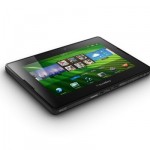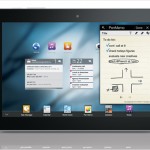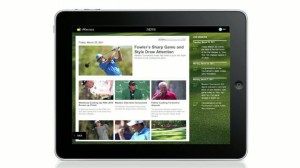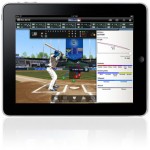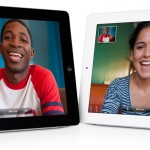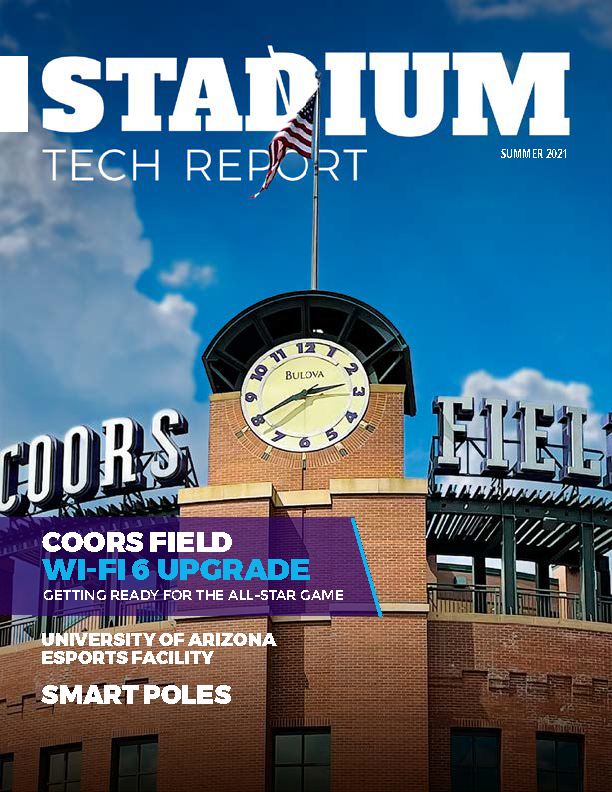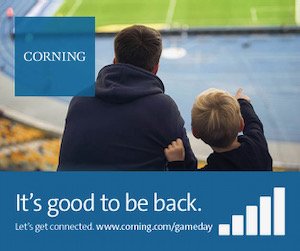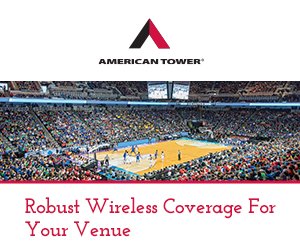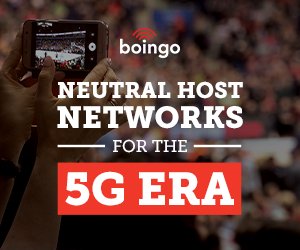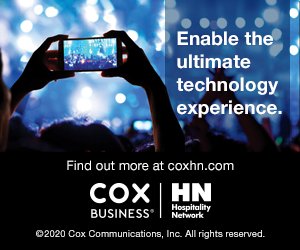 There’s a large enough audience for mobile sports to spark Turner Sports to take a “way harder, more intense” look at mobile sports production, according to a recently posted Beet.TV video.
There’s a large enough audience for mobile sports to spark Turner Sports to take a “way harder, more intense” look at mobile sports production, according to a recently posted Beet.TV video.
According to Michael Adamson, VP of Sports New Products, Turner Sports, the proof is the 2011 NCAA Men’s Basketball Championship Tournament, which saw a 17 percent increase in online sports video consumption and a 63 percent increase in total viewership for March Madness on Demand (MMOD).
More mobile sports viewers “than we thought”
“For the first time, we saw a significant enough portion of our audience consume live games on mobile (to cause Turner) to take a way harder, more intense look at mobile video production,” said Adamson in the Beet.TV video. “It really pushed our numbers higher on mobile than we thought was going to happen this year.”
The “take” numbers across all of Turner Sports, CBS Sports and NCAA online, online streaming and mobile application rates are now large enough to warrant exploration into broadcasts tailored to mobile sports consumers, said Adamson.
“Most of our video streaming experiences that we’ve done for sports have been simulcasts or experiments with alternate-angle live streams,” said Adamson. “Now, we’re starting to think more about how to make sure we sync mobile video with broadcast, or how we sync syncing mobile video with mobile data. How do we make mobile video available as both companion (viewing) and primary (viewing) experience, and tie advertising in?”
Adamson’s comments are good news for the mobile sports consumer. In addition to March Madness, Turner Sports broadcasts NBA on TNT, Major League Baseball on TBS, NASCAR on TNT and PGA Championship and PGA Grand Slam golf.
iPad for sports extraordinary
Adamson said Turner Sports was wowed by the iPad viewership of March Madness, as well as the behavior patterns of mobile sports consumers watching hoops on the device.
“People were using the iPad more like a TV than a mobile device,” he said. “I don’t know that we would have expected that but we definitely saw it.”
Before March Madness, Turner Sports saw the iPad much more as a companion device for people watching sports on television, Adamson said. iPad viewers told Turner Sports through their behavior that iPad is ready for more intense mobile sports programming that embeds video inside a data-rich environment, he added. Watch for broadcasters to begin using iPad applications as a way to show people the games they want to see alongside a rich set of social media and location-based applications in the future, said Adamson.
Adamson made his comments to Beet.TV at paidContent Mobile 2011, held May 18, 2011 in New York.
